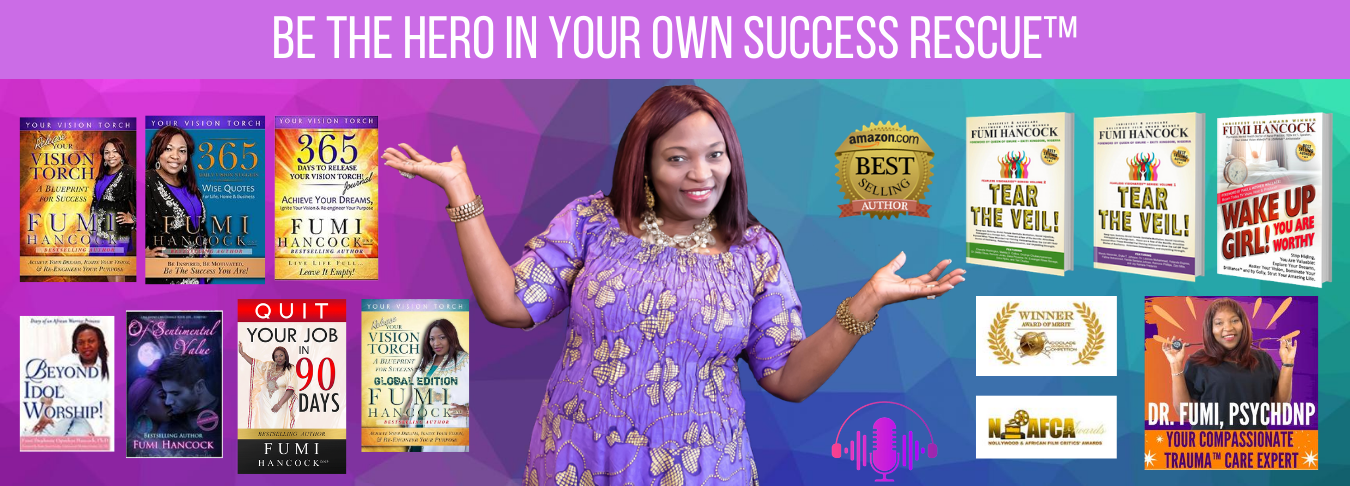 As a coach, you have to be able to communicate with people. It’s crucial to keep the conversation rolling and to understand how people communicate. This blog article is all about communication. If you want to be able to really help people, you have to think like the people you are trying to help. Why don’t you try these new tips to try and get the best out of your coaching sessions?
As a coach, you have to be able to communicate with people. It’s crucial to keep the conversation rolling and to understand how people communicate. This blog article is all about communication. If you want to be able to really help people, you have to think like the people you are trying to help. Why don’t you try these new tips to try and get the best out of your coaching sessions?
What Subject?
It’s important for you to try and get a feeling for what the other person wants to talk about. Different people like talking about different things. Finding what the other person enjoys talking about could mean the difference between a humming conversation and a faltering one.
Be a Good Listener, Be a Good Friend
A conversation is a free flow of ideas. Those ideas, however, should be interconnected. If you listen closely to what the other person is saying, you’ll be able to store away nuggets of information that will keep the conversation going.
Be Aware of the World
When you run out of things to talk about in a conversation, it can be helpful to talk about other things that are going on in the world. Try and keep ahead of the news so you can find common points of interest with your coaching client. It’s good to be on the same page.
Body Language Says It All
People listen to your words and your body language when you’re talking to them. It is said that our body language accounts for 55% of whether we are liked. Nod every so often and lean forward, face the other person and don’t fidget. These are two important tips to know about your body language.
Project the Confidence Your Client Wants
It’s no secret that other people are naturally attracted to individuals who have confidence. It may seem unfair, but it’s a fact of life—people will judge you based on your own internal confidence. If your confidence level is high and you’re fun to be around, people will cut you breaks when conversation slacks, or make up for lulls in the conversation by trying harder themselves.
YOUR VISION TORCH Series
Achieve Your Dreams, Ignite Your Vision, & Re-engineer Your Life Purpose
More blog articles at www.yourinneryou.com
Dear Princess Column at: www.sentimentalnursewriter.com
Download your free sample here








